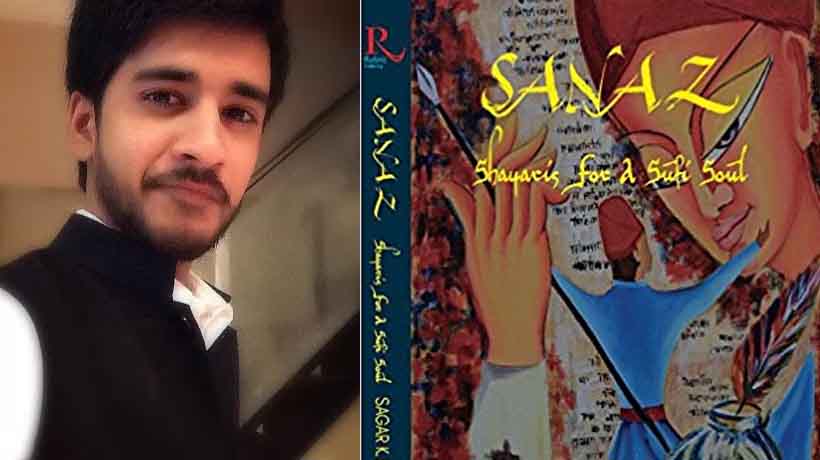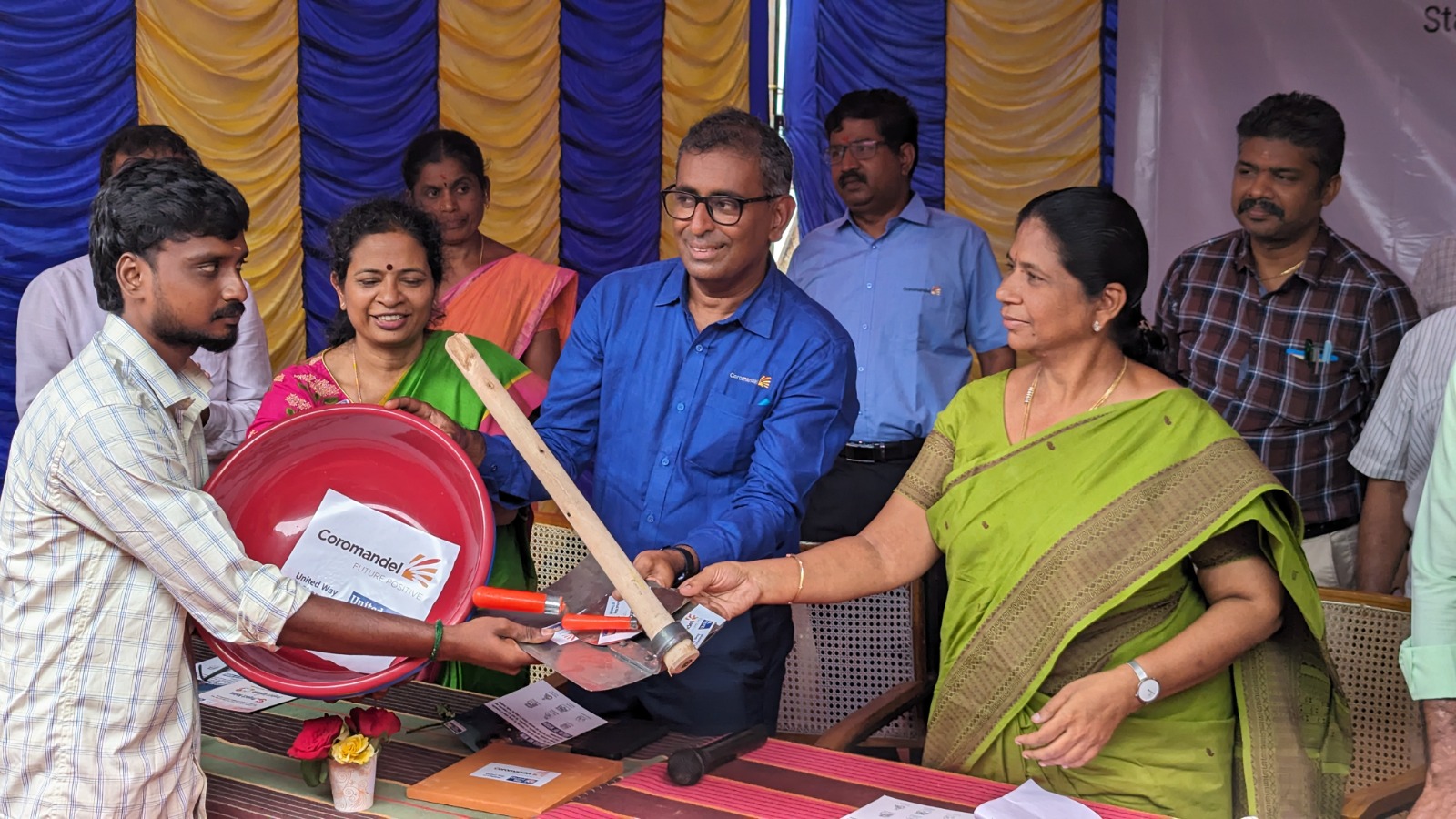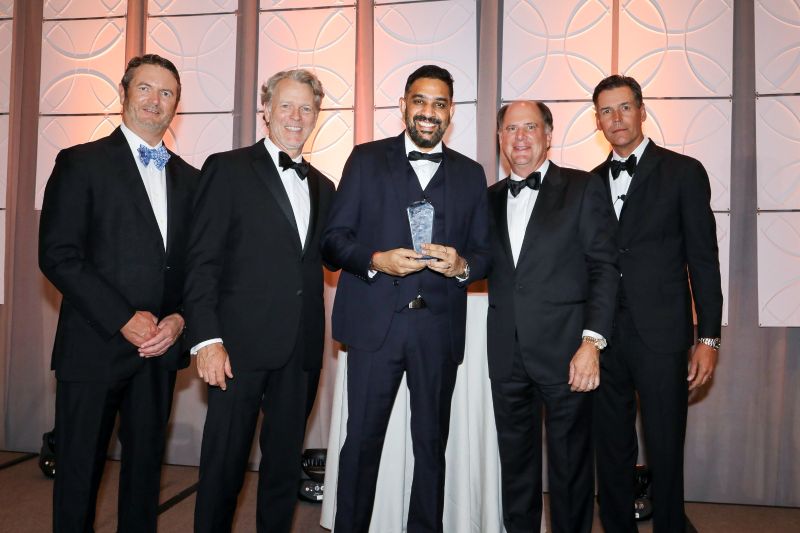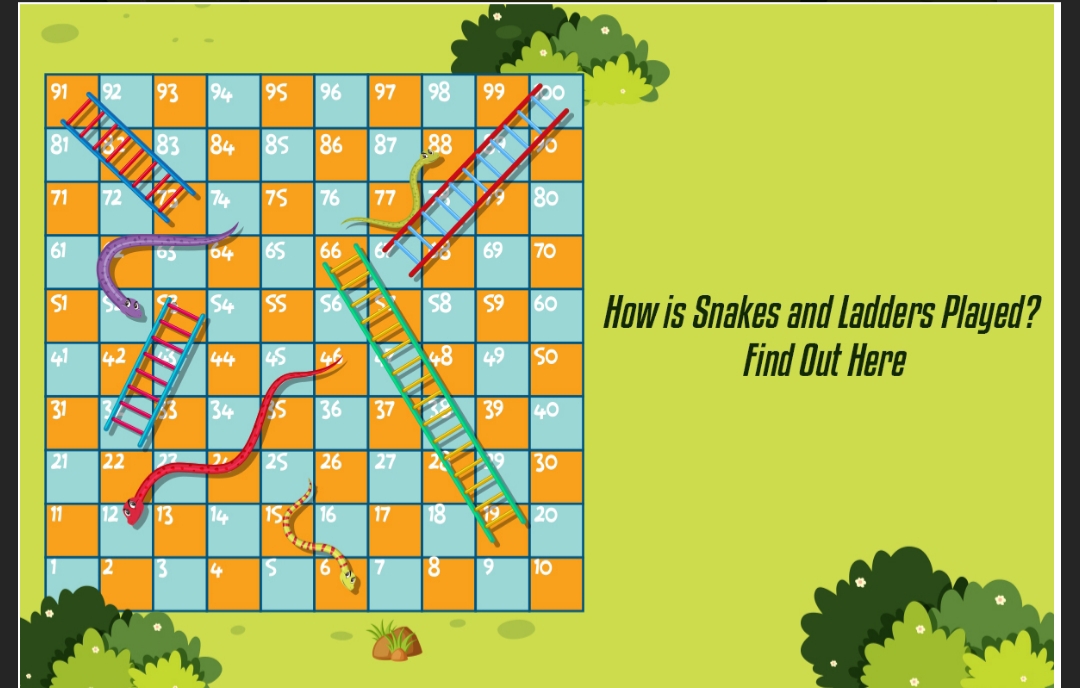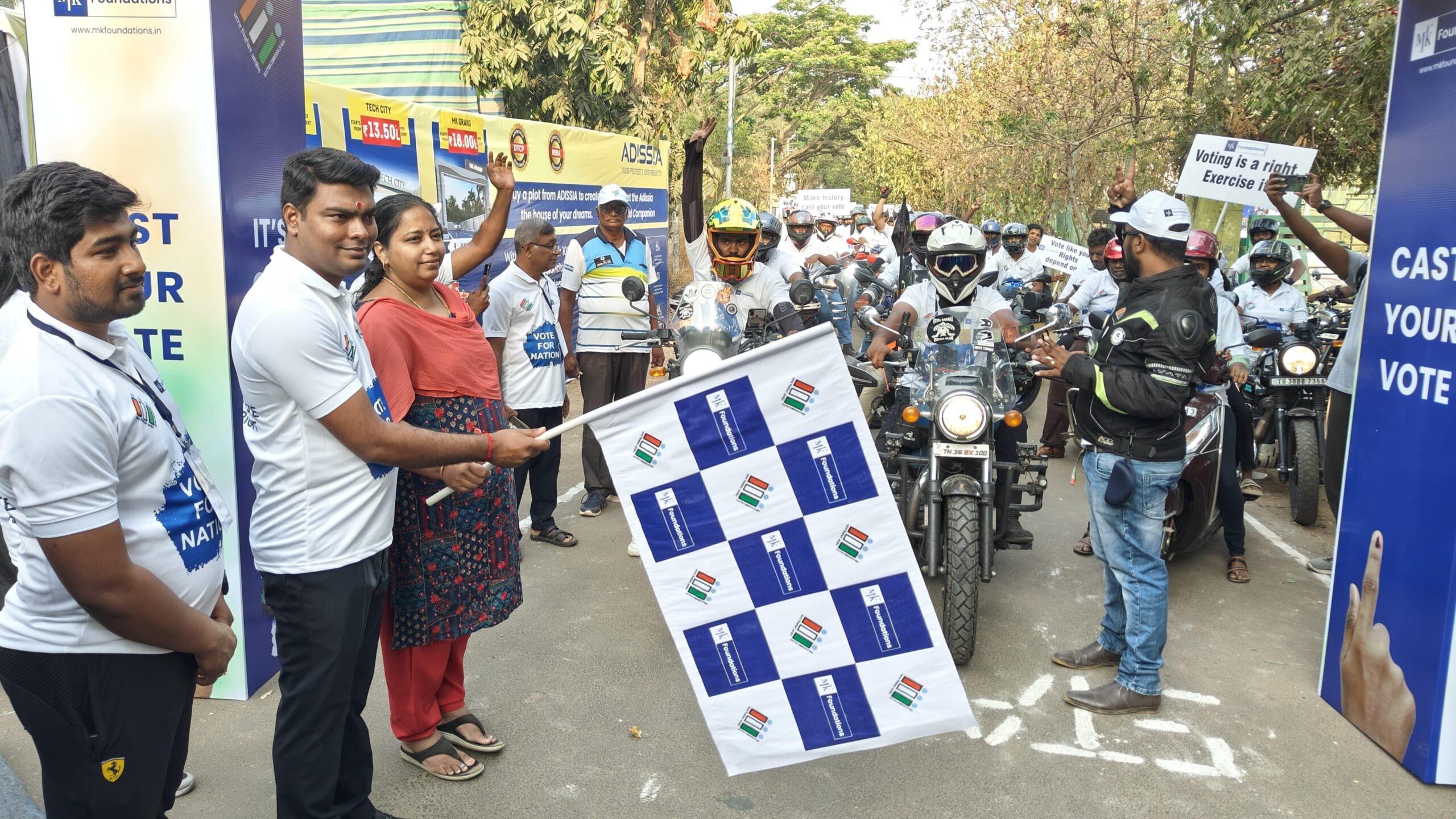Trending Now
- IPL 2024 begins with a bang. First contest between CSK and RCB.
- Election commission allots mike symbol to Naam Thamizhar Katchi
- AIADMK promises to urge for AIIMS in Coimbatore, in its election manifesto.
- Ponmudi becomes higher education minister.
India News
The Vanishing Culture of Urdu Shayaris
![]() March 31, 2018
March 31, 2018
“Aakhri safha par tera naam likha hai,
Agli kitab mein tujhse hi shuruwaat hogi,
Tera zikr zarur hoga sar-e- aam,
Jab bhi meri shayari ki baat hogi” – Sagar K. Datta
I must admit that I have a huge weakness for urdu poetry, not that I understand much of its nuances but like many of my friends, I like the rhythm and the inherent sweetness that defines it.
But alas, we get to hear very little of it eventhough Hindi cinema has played a significant role in keeping it afloat for a generation that swears by Justin Bieber. So, is it dying a slow death?
Sagar K. Datta, the author of Sanaz – Shayari for a sufi soul, writes about the vanishing culture of urdu poetry in India. Read on…
The Indian literary tradition is one of the oldest in the world. It is primarily one of verses and essentially oral. The earliest works were composed to be sung or recited, and were passed on for generations before being scripted. A huge country like India has 22 officially recognized languages, and variety of literature which was produced by dynasties over the years. India a land of versatility, Muslims brought many different languages, including Urdu and diluted India’s languages freely. The new language was introduced in the southern province of India, by the armies and followers of the Tughlaq and Khilji Kings in the 14th century.
The name Urdu was given to this flourishing language in the period of the Mughal Emperor Shah Jehan (1627-1658). Since, Urdu was written in the devanagri script for some time around Delhi, it had been assumed that the first Urdu poet was Amir Khusro from the Deccan. Later in the North, Urdu poetry writing was getting famous with the names of Kabir Das, Mira Bai, Guru Nanak, Malik Mohammad Jaisi and Abdul Rahim Khan Khanan. Urdu in a form of poetry saw a phenomenal rise in the 18th century, when there weren’t many newspapers or media of information available to the public. The poetry became a more intimate form of communication regarding the social and political tribulations of the time. The commonest form of communication, in tradition with the Arabic culture, was poetry, which was called musha’era, where poets would gather to read poems or shayaris crafted in accordance with a metrical pattern. It became a culture for royalty to take lessons in writing Urdu poetry, and the masters of poetry were given reverence worthy of kings.
This impact on the tradition of respect and new cultural traits took root since the poets were held in high-esteem in those times. The royalty sought their company and poetry was sent as a gift to their friends. The 18th century produced remarkable literature in Urdu, as a medium of expression that it rose to the height of popularity and evolution in a very short time.
Retrospectively, India now sees fall of a literary which has an ability of breathing life into words,popularly known as ‘Shayari’. It is one of the most dominant and outstanding form of Urdu poetry. Urdu as a language relies heavily on Persian and Arabic as a source for technical and literary vocabulary. It holds a remarkable wealth of the conventions of many cultures and
languages.
Shayari being no less than art, can relieve stress by letting emotions indulge in a soul satisfying experience. It is said to be a form of poetry to express love, mainly popular among young lovers.
The words used, the expressions put and the style of orating is a treat for the listeners.





